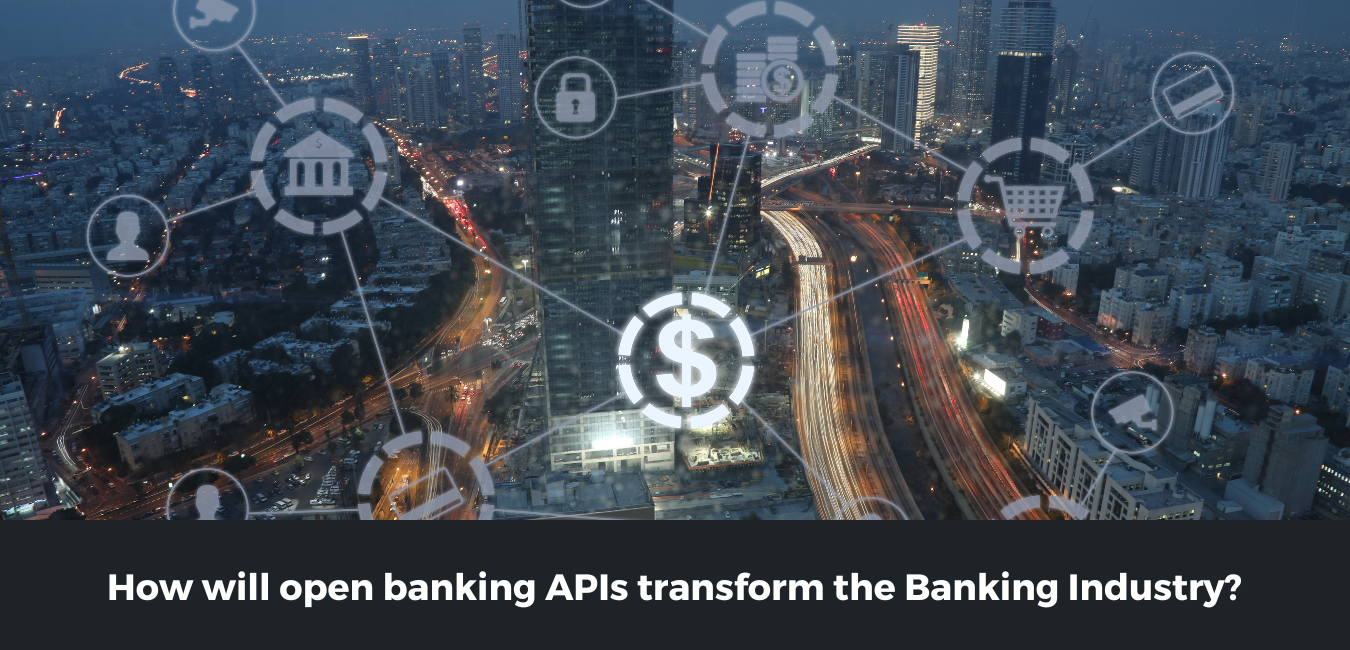Cryptocurrency to Revolutionize Financial Service Industry

Many people have been surprised by the spike in interest in crypto-assets. India is projected to have over ten million bitcoin users, with the number rapidly rising. The task is challenging and hard for a wider audience seeking to comprehend this new world and its lingo. This article aims to shed light on a few topics that have received a lot of attention recently: blockchain, a disruptive technology on which these assets are built; the role and adoption of crypto assets for payments; and, finally, the emergence of crypto-assets as a distinct asset class.
Blockchain: A Disruptive Technology
Blockchain, a distributed ledger system, has evolved as one of the most revolutionary and pervasive technologies of our time over the previous decade. Simply said, blockchain is a distributed network of different users sharing an encrypted digital database. When a transaction takes place on the blockchain, it is broadcast to all network participants, resulting in an unchangeable transaction record. Because it provides a platform that enables better transparency, enhanced security, operating efficiency, and cost savings, this one single attribute has the capacity and potential to revolutionize financial services. It's an unmatched combination for the future of financial services platforms.
The underlying technology base on which cryptocurrencies are constructed is known as blockchain. There are around 4,000 cryptocurrencies in circulation, with Bitcoin and Ether being the most popular. Ethereum is a digital software platform that uses the same blockchain technology as Bitcoin, but goes a step further by utilizing tamper-proof and autonomous contracts, as well as its own cryptocurrency, Ether. The more adaptable nature of Ethereum, according to most crypto analysts, is expected to lead to much more adoption and usability of the Ethereum platform in the years to come.
The impact on financial services organizations will be more gradual if bitcoins become an asset class. This is because we believe their future success will be heavily reliant on global regulators and policymakers working together to control and boost market participants' confidence in these instruments. More crucially, we believe that blockchain technology, which underpins cryptocurrencies and allows for the establishment of a shared digital transaction ledger, might be a good disruptor for a variety of financial value chains. Blockchain might have a significant and long-term influence on the speed, traceability, and cost of financial transactions if broadly used.
A Speculative Bet
Cryptocurrencies, in our opinion, do not meet the basic two requirements of a currency: they are an effective means of trade and a useful store of value. To begin with, cryptocurrencies are still not generally accepted as payment instruments, despite the fact that the number of businesses accepting them has grown in recent years. Second, the fluctuation in the pricing of several cryptocurrencies and their market cap over the last 12 months is the most compelling evidence that they fail the value storage test.
Bitcoin is the oldest and most well-known cryptocurrency, having evolved as a decentralized peer-to-peer payment tool in the aftermath of the global financial crisis. By removing intermediaries like banks and central banks from the equation and relying on end users' own networks, it aimed to restore the payment system's confidence. Bitcoin was created to be used as a means of payment for transactions, but its reputation was tarnished when it was linked to unlawful activity.
The acid test for digital payments
Every day, billions of transactions and payments are made digitally by banks, e-wallets, insurance and asset management firms, and other financial institutions. Will cryptocurrencies be considered a far-reaching and frequently utilized payment mechanism in the future? This is a question that many people ask. In some places of the world, this is already the case.
El Salvador just stated that it will be the first country to accept Bitcoin as legal tender beginning September 7, 2021. Many of us may be surprised by this, but it is not outside what Satoshi Nakamoto originally envisioned as a more utopian vision of Bitcoin when he established it in 2008. It was a vision of financial inclusion in which communities could easily transact payments digitally using their smartphones, with control exerted collaboratively by all members of the community on a technology platform that allowed for self-regulation. In countries where fundamental banking channels are lacking, the adoption of crypto-currencies can be transformative to a society, allowing people to make cashless payments and perhaps saving more.
The Bubble of Cryptocurrency
Rather from being an asset class or a currency, cryptocurrency is more akin to a speculative instrument. We believe that the current version exhibits many of the hallmarks of a classic bubble, primarily for three reasons:
- The oldest cryptocurrency (Bitcoin) has a restricted supply of 21 million coins, with approximately 16.9 million already in circulation. Although one may argue that an endless number of cryptocurrencies could be generated, we believe that this process will take time since these currencies must earn their trust. As a result, the top ten cryptocurrencies account for nearly 80% of their total market capitalization.
- The value of cryptocurrencies has a very high level of volatility. The market capitalization of cryptocurrencies has surged 33 times in the last year, from $17 billion to $579 billion on January 28, 2018, compared to a 1.4X gain from 2014 to 2016. The market cap fell by roughly $185 billion in the first ten days of February 2018, hitting $394 billion. The crackdown in some nations, including China and South Korea, is said to have aided this.
- Finally, cryptocurrencies lack the support of cash flows or a trustworthy central issuer, both of which would provide intrinsic value. Rather, market perception/sentiment determines their value.
Non-Bank Financial Institutions Could Benefit
Non-bank financial firms are both more adept and more vulnerable to the growth of cryptocurrencies and bitcoin as a new instrument since they have more flexibility than banks. From a commercial standpoint, the growth of Initial Coin Offerings has had an impact on investment banks and stock exchanges all over the world (ICOs). ICOs allow companies to raise funds to fund, in most cases, start-ups at an early stage of development. The traditional, standardized capital-raising procedure, which often needs coordination between underwriters, investment banks, and regulators, provides some revenue protection to non-bank financial organizations, notably financial market infrastructure (FMI) companies. The uncontrolled nature of cryptocurrencies and initial coin offerings (ICOs) could jeopardize this.
Blockchain Could Be a Beneficial Disruptor
The establishment of a shared digital transaction ledger is possible because of blockchain technology. At the absolute least, we believe that blockchain offers financial institutions the opportunity to save costs by streamlining back-office operations, reducing clearing and settlement times, facilitating payments, and even generating new revenue sources. Many financial services, such as bank payments, trade finance, money transfer, and post-trade services, can benefit from blockchain technology.
Whether or not cryptocurrencies take off, we believe the role of banks in the payment industry will alter dramatically in the next decade. Some market participants are questioning the benefits of blockchain, claiming that the technology was developed a decade ago and has yet to have a significant impact on the financial system. Nonetheless, we believe that, as a result of this technology and the expansion of other peer-to-peer services, smaller and more inventive market players will have greater opportunity to challenge big banking organizations' present product offerings.
Will Banks Need Branches in the Future?
While most conventional Asian banks are scrambling to digitize and reduce their physical footprints, we believe that branches will continue to play an important role. The rate of change affecting branch networks, on the other hand, differs significantly by country and bank, and in certain circumstances is rather spectacular. In Thailand, for example, Siam Commercial Bank Public Co. Ltd. has set aggressive goals to reduce its branch and employee count as part of its transition to a digital strategy. Traditional banks are burdened by legacy infrastructure and systems, which include a large amount of operations handled through physical locations. They are typically totally digital from start to finish, from the front-end customer experience through back-office processes.








